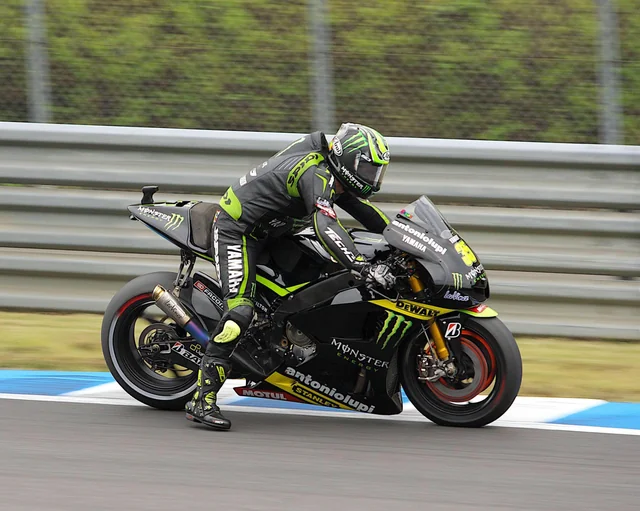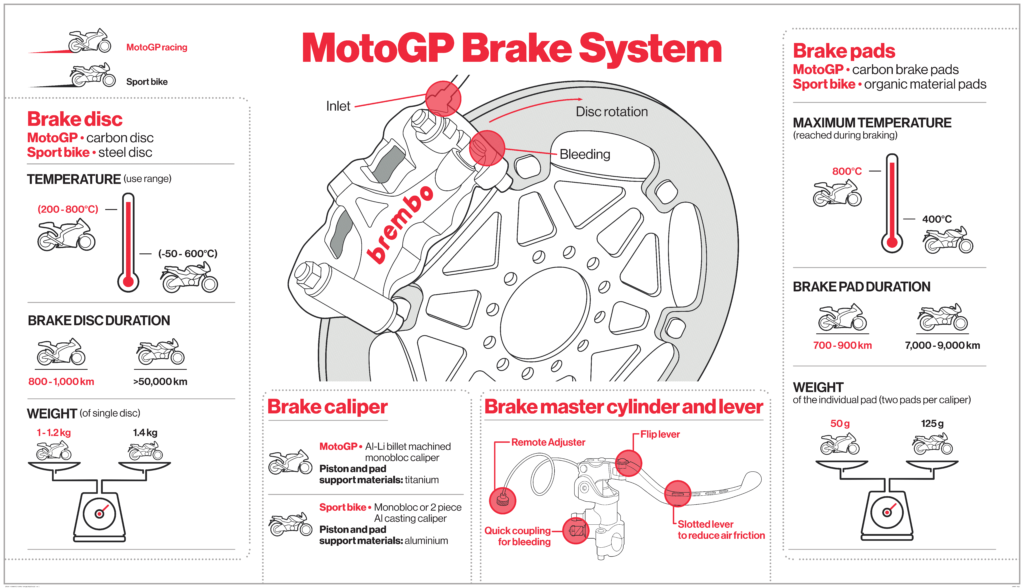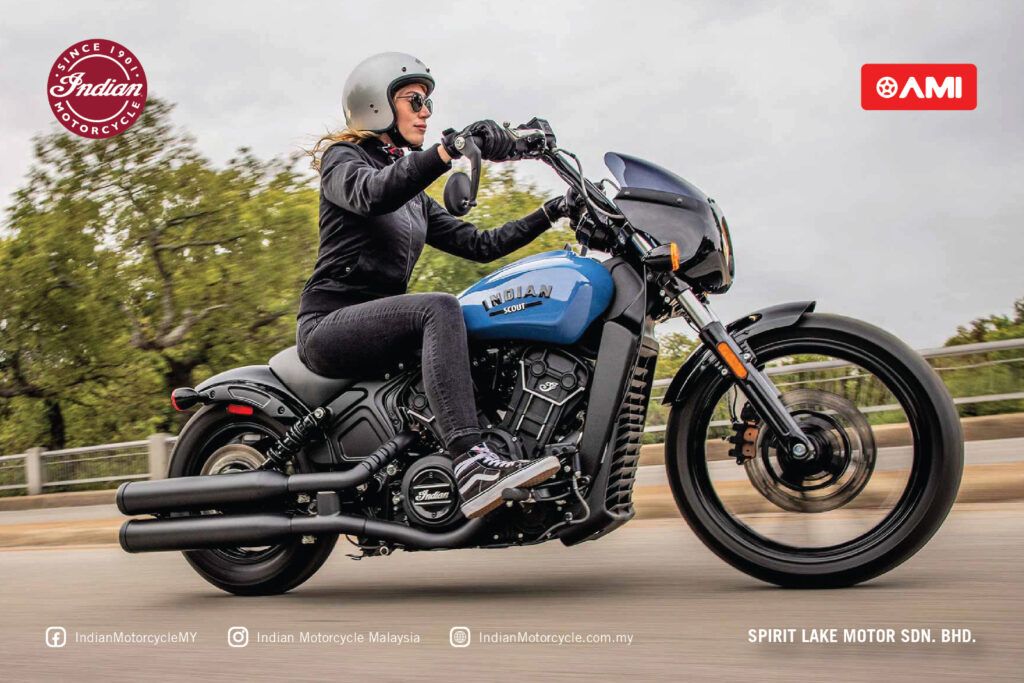Do you know that MotoGP bikes have no ABS (anti-lock braking system)? In fact, the system is also not used in the Moto2 and Moto3 categories.
The short answer is ABS is banned by MotoGP’s governing body, the FIM. In fact, it is also banned in the World Superbike Championship (WSBK). On the other hand, ABS is allowed in the FIM Endurance World Championship. There are several reasons behind this, which we will describe here.

1. Braking should be a rider’s skill
Marc Marquez and Dani Pedrosa did experiment on the system as far back as 2014 and was proven to work especially well in wet weather.
However, the FIM decreed that braking action should be left as a rider and the respective team’s setup prowess, rather than having the rider grabbing the brake and letting the system take care of the real braking action.

See how far aerodynamics development has gotten in just a few short years? It has gotten to the stage that the riders have to ride their bikes like how their machines warrant them to, instead of how the riders want their bikes to “listen” to them.
2. Increased braking and stopping distances
Braking distance can be increased, given the ABS system’s on-off-on-off operation. So again, the onus of how to brake is shifted back to the riders and their teams.
3. To forbid overdevelopment
Although not succinctly stated, many MotoGP insiders have said that Dorna and FIM do not want the factories to develop ABS technology to the level where it supplements or even takes over from braking as a rider’s skill. Also, development will certainly cost a lot of money, which runs counter to Dorna’s wish of keeping the costs down in order to see more participation on the grid. Heck, a single carbon-carbon brake system in MotoGP already costs USD20,000.

So, there you are, the reasons why ABS is not allowed in MotoGP.
















